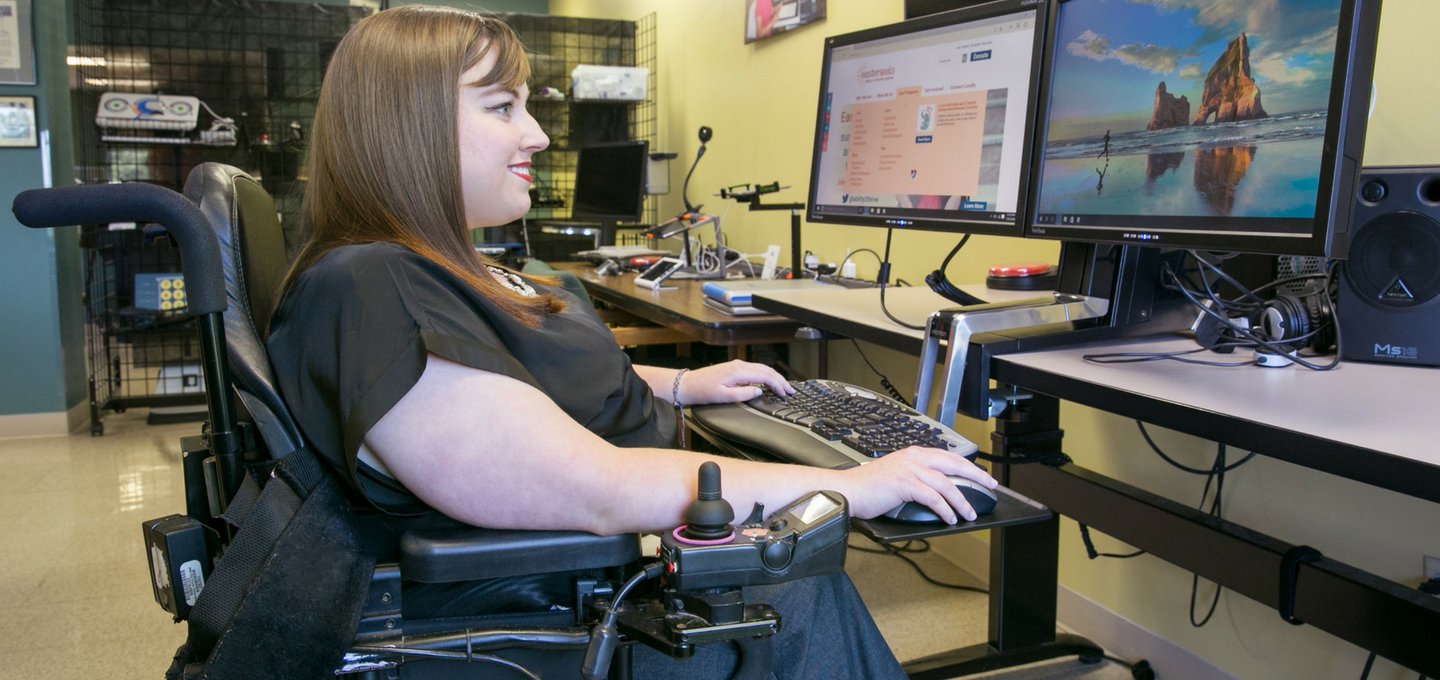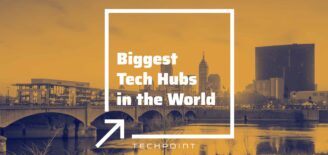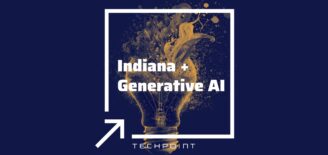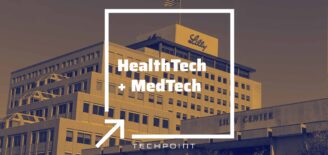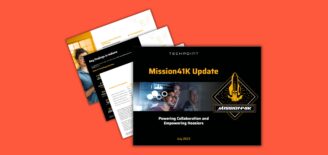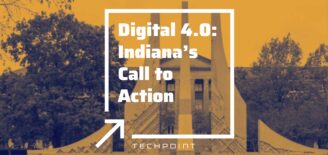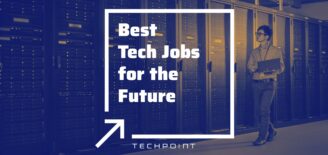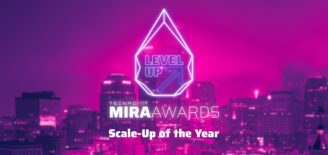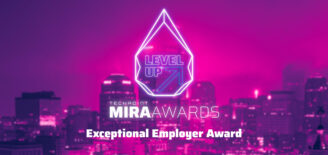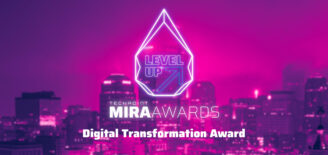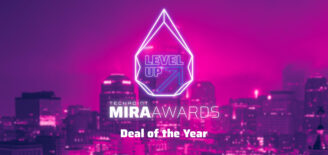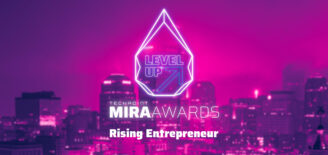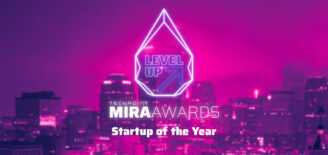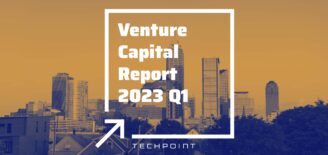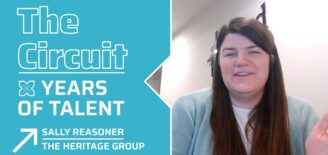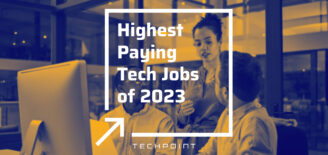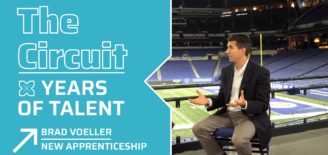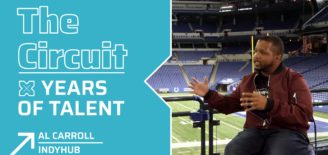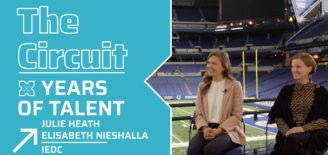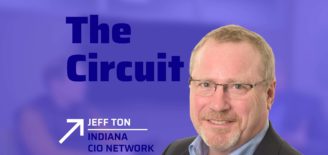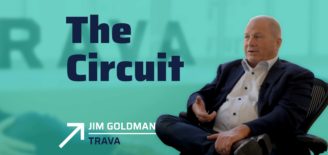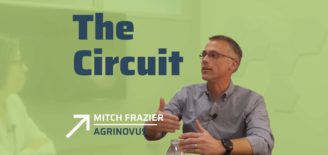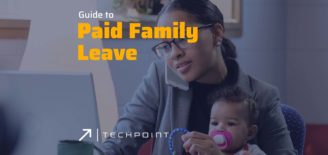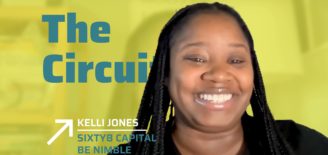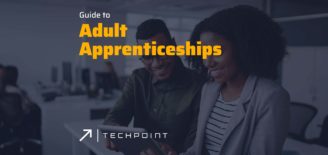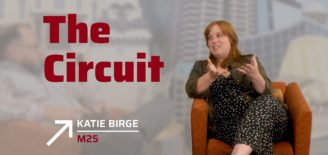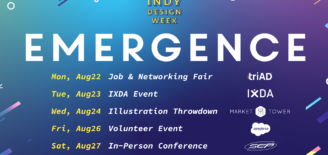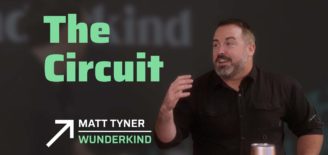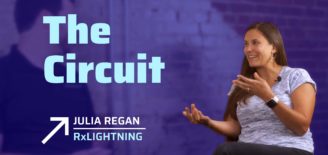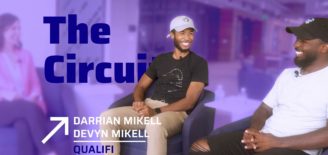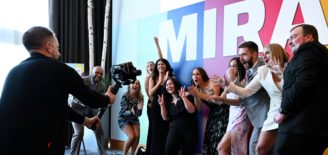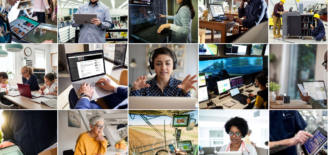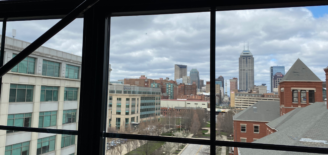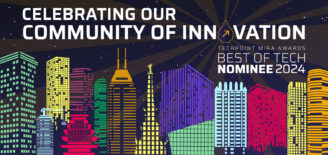The talent pipeline you aren’t considering
This past July, I read an op-ed in the Indianapolis Business Journal that got my attention, and now, I want its message to get your attention, too.
The op-ed wasn’t so much a reaction to Emplify’s original talent attraction piece as it was calling out a different topic altogether that is not often discussed in our tech ecosystem regarding tech talent. While many are trying different approaches to increasing their talent pipelines, there are untapped populations of underemployed individuals ready to go to work.
According to the U.S. Census, one in five people have an intellectual, emotional or physical disability. People who identify with having a disability look like you and me, and they have the same basic needs as we do — like landing and keeping a job. In 2017, only 18.7 percent of people with disabilities were employed, according to the U.S. Bureau of Labor Statistics, which compares to 65 percent of people without a disability who were employed.
“For companies faced with critical pipeline challenges, one solution might be to recruit skilled employees from this untapped source,” said Kathy Bernhardt, managing director of business services at Tangram Business Resourcing, in her op-ed. Tangram, which works with employers across 11 states, is an Indianapolis-based nonprofit that specializes in helping businesses embrace, plan, and incorporate customized disability inclusion programs at all levels of their organizations.
Kathy mentioned how this talent pipeline isn’t necessarily a direct funnel, but rather an intentional focus on the internal and external representation of your company’s culture and hiring practices that will result in an inclusive environment. I spoke with her to discuss how Indy businesses could focus on making their environments more inclusive.
“Let’s put it at the forefront: are you really including people with disabilities, and do you even know how to?” This is a tough question for many companies, including young tech startups. “It’s not that they don’t want to, it’s not even on their radar,” says Kathy.
One of the first things to evaluate is the accessibility of your online recruiting methods for your career page or job board. Wade Wingler, Vice President of Easterseals Crossroads and Assistive Technology Professional (ATP), talks about this topic in terms of small “a” and Capital “A.” “Small ‘a’ accessibility is making sure your approach is accessible for the general public. Capital ‘A’ accessibility is specifically targeting people with disabilities such as vision impairments or cognitive challenges.”
Some things you are likely already doing online are accessible, like mobile responsiveness. “For example, for people with cerebral palsy, the iPhone is the perfect interface. It’s touch screen, handheld, and has a small screen,” says Wade.
Your developers can take a deeper look into your accessibility for tools such as screen readers, which are used by people with vision impairments to speak the information that a sighted person would see on their screen. If your website isn’t tagged correctly through the applications and images, it can be difficult for a screen reader to navigate the same way a sighted person would. Wade recommends the WAVE toolbar, a free browser plugin that will analyze and overview web development concepts that might be problematic and then offer code level examples to make the appropriate fix.
“If there are developers who really want to get into the details, a11yproject.com is a GitHub community with lots of details about the complicated development applications.” Additionally, Easterseals Crossroads’ assistive technology program has a web page with a list of local vendors and resources here.
As an internal strategy, purposeful inclusion in hiring practices and company culture starts at the top. “It takes a leader in the organization. If it doesn’t start at the top, and is getting embedded in the culture, it doesn’t ever make it down on the radar of the hiring managers or recruiters,” says Kathy. This is where disability training programs can benefit all employees in understanding how each person’s differences bring unique aspects to learning, collaborative work, and problem-solving that benefits a company’s bottom line.
Statwax, a digital advertising strategy company in Fishers, is an example of a local tech business that recognizes disability as part of diversity. One of Statwax’s data scientists, Jordan, uses a power wheelchair.
“We have made the culture attractive by incorporating diversity and inclusion into our core values. We also established a culture team, which we call Statwax Squad, that works to ensure diversity and inclusion is met amongst our employees. This includes those that have disabilities, but also remote workers, and those with different life situations,” says Alyshia Kisor-Madlem, executive vice president of Statwax. “My goal was to make it a priority that we didn’t just talk about diversity and inclusion, but that we actually took action — no matter how small.”
Alyshia met Jordan as a job candidate through a community connection, but quickly realized he had the skills they needed at Statwax, plus a welcome sense of humor. “We made some accommodations to our office to make it an optimal workspace for him, but in the grand scheme, these few small things weren’t a huge resource drain. What we gained in his skill set and the unique perspective he brings in our office was worth whatever expense or changes we needed to make.”
Alyshia continues to say that the focus on diversity is intentional for culture, but creates a byproduct in being a great factor for thriving as a business. “I think that making a concerted effort in the early stages of a company to ensure there is both diversity and inclusion helps set up a culture that is, of course, more attractive to talent, but also one that fosters better teamwork and ultimately produces a better result for clients. We can’t serve our partners or our community the best if we don’t have a range of abilities, life stories, and perspectives we can bring into our work.”
Discover how companies and people in the Indiana tech ecosystem are building their talent pipelines.

